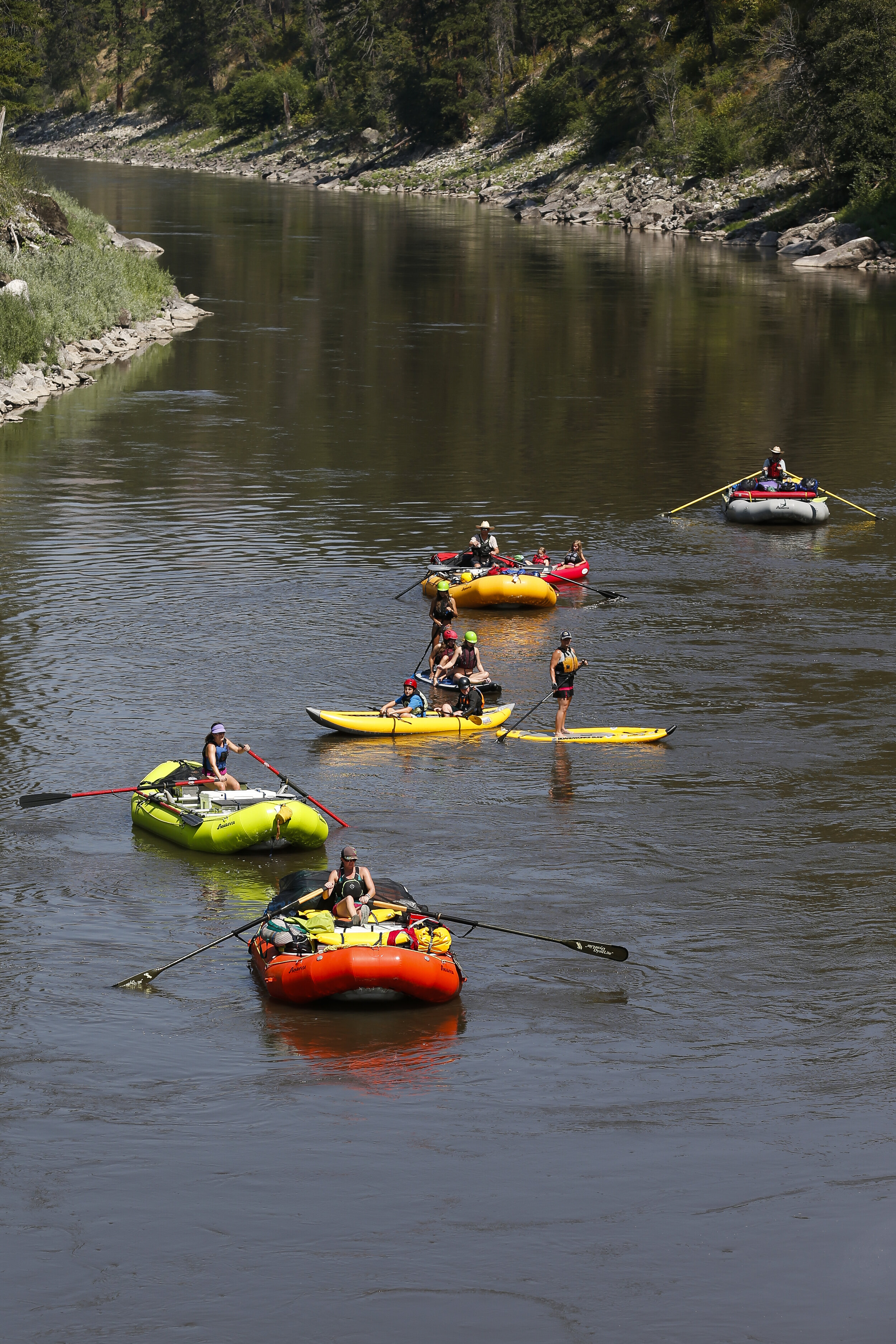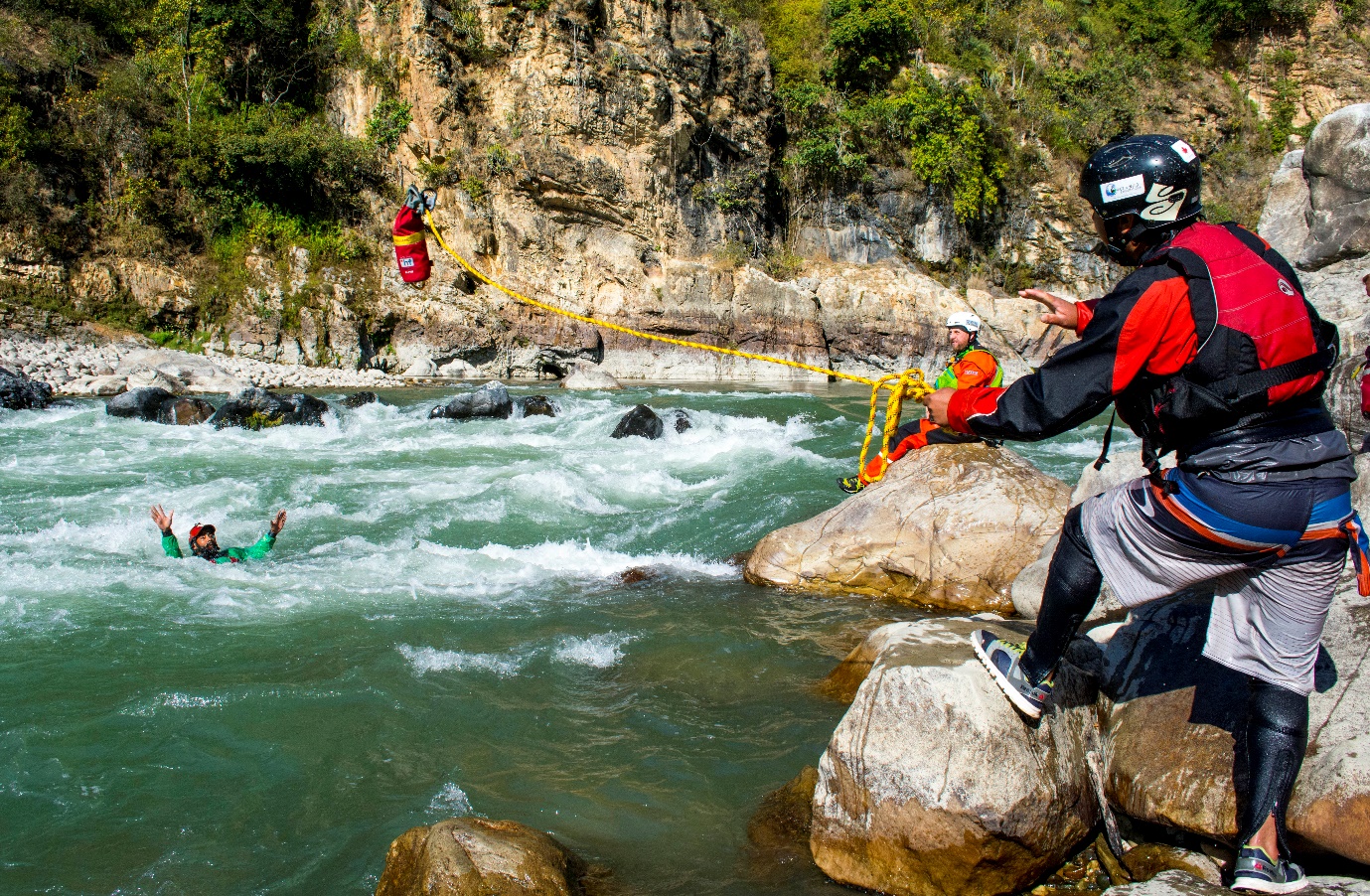Layering is a great way to stay warm and comfortable while enjoying the outdoors. It’s especially useful if you plan on spending time outside in colder temperatures. You want to make sure you layer correctly so you don’t get too hot or too cold. Here are some tips to help you do just that.
Welcome
Subscribe today for some amazing stories and content from our expedition team or find an outfitter for your next adventure.

















